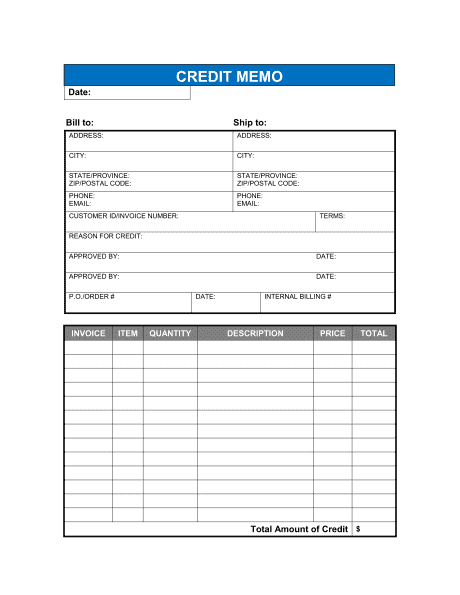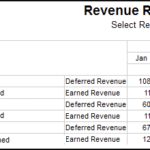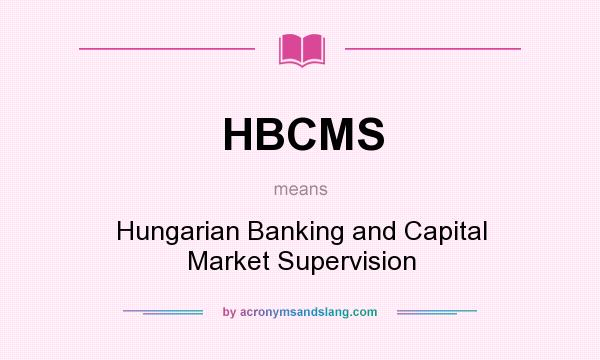
If the result is greater or equal to the target value (pattern), the nonce is incremented and the hash is recalculated. If the result is less than the target value (pattern), the computed hash solved the proof and the block is added to the blockchain. Blocks are linked creating the so-called blockchain by including in each block header the hash of the previous block header. • Automating transactions with less error in data on both sides of the transaction. It seems like now, where the profession needs to be looking is they’ve got to figure out how to handle the accounting part of it.

Support throughout your career
The agile design of Deloitte COINIA also means it can be used today not only for crypto assets but also for a broader base of digital assets, and beyond, as they are supported by the business community in the future. These can include supply chain tracking, digital rights management, real estate title traditional vs contribution margin income statement definition meanings differences transfer, and other forms of real-world asset digitalization. Deloitte COINIA is an extension of Deloitte’s award-winning Cortex platform, a cloud-based data platform that harnesses the power of data by securely and seamlessly integrating data acquisition with data preparation and analytics.
How Will Blockchain Technology Affect the Accounting Industry?
Researchers have worked to build a theory to explain how blockchain will change accounting. Some research products have used general frameworks such as the technology–organization–environment framework (Dai and Vasarhelyi, 2017) and the unified theory of acceptance and use of technology https://www.kelleysbookkeeping.com/tax-credits-vs-tax-deductions/ (Ferri et al., 2020). Many others do not refer to a theoretical framework in their analysis of this phenomenon because they provide general overviews of the possible uses, benefits and limitations of blockchain in the context of accounting (Pimentel and Boulianne, 2020).
- Here are some facts about the blockchain ecosystem and how it will influence accounting in 2021 and beyond.
- Instead, he believes private and cloud-based blockchain configurations will dominate the corporate landscape.
- To create this form of bibliometric network visualization, VOSviewer uses colors to indicate the cluster to which each node has been assigned considering the cooccurrence relations.
- Figure 2 represents our steps using a PRISMA diagram (Page et al., 2021), which we adjusted to enhance its fit for a qualitative systematic review.
- SmartPLS facilitates both measurement model estimation and structural model estimation, enabling the examination of relationships between latent variables.
Government and public sector

Table 3 shows the total citation counts for the top 10 articles as listed in Google Scholar citations (5 March 2021). LDA allows us to explore latent relationships between terms and topics in a sample, identify the most representative articles for each topic and identify the trends within the topics. Using LDA helps us capture the idea of a document being composed of a (predetermined) number of topics that represent a probability distribution over a vocabulary. The number of topics is optimised using grid-search and coherence of topics (Röder et al., 2015). The model also supplies a list of articles that most strongly “belong” to each topic. Portable Document Format (PDF) versions of each of the articles were downloaded and stored in a Mendeley database with full referencing details.
Table 3 shows that the maximum VIF score is 3.253, indicating there are no significant multicollinearity or CMB issues. Although the sample size of 191 faculty members may appear small, the use of advanced statistical methods such as SmartPLS 4 software supports the reliability of the results (Hair et al. 2017). The first section asked faculty members for personal details such as age, gender, and qualifications. Among the respondents, 111 were male and 77 were female, representing 59.04 and 40.96% of the total sample, respectively.

First, the limited sample size may limit the generalizability of the findings. While the insights provided are valuable within the study’s specific context, they may not apply to broader or different contexts. Secondly, conducting the research in India could potentially introduce geographical bias. Future research should include participants from diverse countries to capture variations in adoption patterns, cultural influences, and regulatory frameworks. Expanding future studies to include other adoption theories could provide a broader perspective.
Tiberius and Hirth (2019) confirm that auditors’ expectations align with those of academics, who believe that the role of auditors will not be filled by blockchain technology. Ferri et al. (2020) found that performance expectancy and social influence generally lead to blockchain adoption intentions. https://www.personal-accounting.org/ Kend and Nguyen (2020) found that auditors are skeptical of the usefulness of blockchain for auditing. Dyball and Seethamraju (2021) highlight that auditors consider clients that use blockchain applications as riskier because there is no accounting consensus about how to address their needs.
The findings emphasize the significance of organizational support in shaping behavioral intentions, with notable effects on perceived usefulness and attitudes toward blockchain adoption. Additionally, perceived ease of use indirectly affects behavioral intentions through its impact on perceived usefulness and attitude. The moderated model explained 64% of the variance in behavioral intentions toward blockchain integration in accounting education. These results offer valuable implications for educational policy, not only in India but also in similar developing nations. By comprehending the relationship between organizational support and faculty members’ perceptions, policymakers can formulate strategies to effectively integrate blockchain technology into accounting education, encouraging innovation in university practices for the digital era.
Wang and Kogan (2018) extend the aim of Dai and Vasarhelyi (2017) to solve the trade-off between confidentiality and transparency and propose the use of zk-SNARK (zero-knowledge verification) schemes and homomorphic encryption. In this way, the data stored in a blockchain can be validated and summed without revealing any details. McCallig et al. (2019) propose a blockchain system that overcomes the privacy issues the use of multiparty security and modular arithmetic.
This study fills this gap by introducing a conceptual model based on TAM, which sheds light on the factors that influence blockchain adoption and integration in accounting education. The main findings related to accounting and auditing (first cluster) are that blockchain immutability is certainly desirable for accountants and auditors and should contribute to the prevention of earnings manipulation and the assurance of information and data. Another possible application is triple-entry bookkeeping, with third entries recorded on a chain (Dai and Vasarhelyi, 2017; Wang and Kogan, 2018), despite certain issues related to confidentiality and transparency that must be addressed and resolved. While blockchain cannot completely substitute for the roles of auditors and assurance providers, it could play a relatively central role in the context of social and environmental accounting and reporting.
It combines advanced technology with business processes to generate meaningful and valuable insights in a repeatable and consistent fashion. In the realm of auditing, future research could explore how different types of blockchain (public, private and permissioned) could be used in accounting and Audit 4.0 to improve the quality of the data collected (Dai et al., 2019). The dilemma of adopting blockchain in accounting and auditing is in finding the right trade-off between information confidentiality and transparency. The simultaneous protection of data privacy and maintenance of data accuracy is an important area for future research.
The implementation of the technology involves addressing significant challenges, but also has numerous potential advantages. At Deloitte, our people work globally with clients, regulators, and policymakers to understand how blockchain and digital assets are changing the face of business and government today. New ecosystems are developing blockchain-based infrastructure and solutions to create innovative business models and disrupt traditional ones.